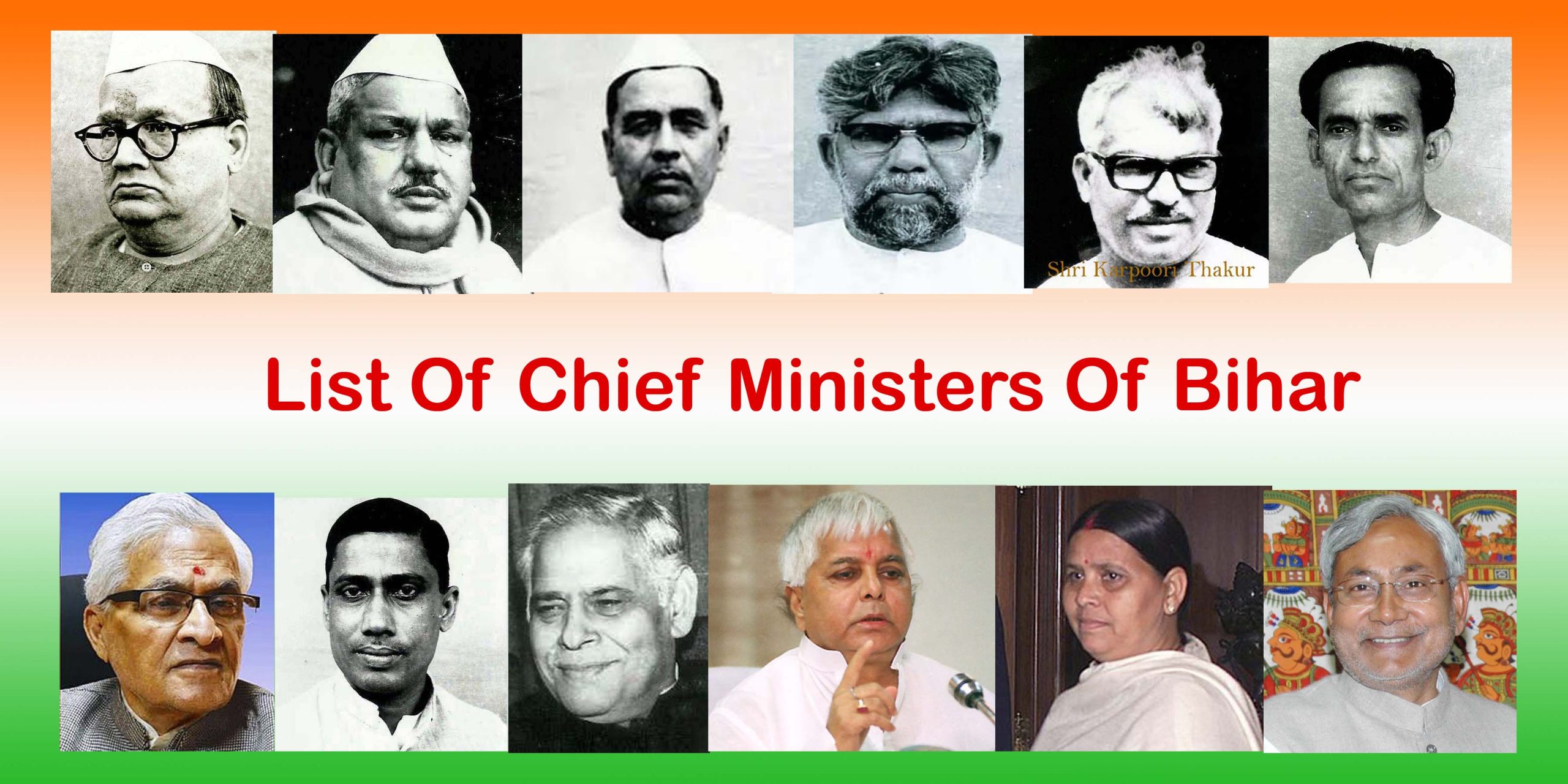
A Journey of Chief Ministers of Bihar Since Independence
Welcome to a journey through Bihar’s intriguing political history – A Journey of Chief Ministers of Bihar Since Independence. Known for its deep cultural roots and essential historical places, Bihar has seen remarkable changes since India became independent. In a Journey of Chief Ministers of Bihar Since Independence, we will explore the stories of Bihar’s Chief Ministers – the leaders who have helped shape the state’s path. Bihar’s political journey mirrors its rich cultural and historical heritage from the foundational years under Shri Krishna Sinha to the contemporary era with Nitish Kumar.
Additionally, in a Journey of Chief Ministers of Bihar Since Independence, we will explore the stories of these leaders. It will examine their actions, challenges, and the impact of their tenure in shaping Bihar into the state we recognize today.
A Journey Through Leadership: Bihar Chief Ministers Since 1947
Shri Krishna Sinha (1947-1961)
As Bihar’s first Chief Minister, Shri Krishna Sinha played a pivotal role immediately following India’s independence.
Key Contributions:
- Changing Land Ownership: He was famous for changing land ownership to help farmers.
- Improving Education: He worked hard to develop education in Bihar.
- Boosting Industry and Building Up the State: He focused on growing the state’s industries and building better roads, bridges, and buildings.
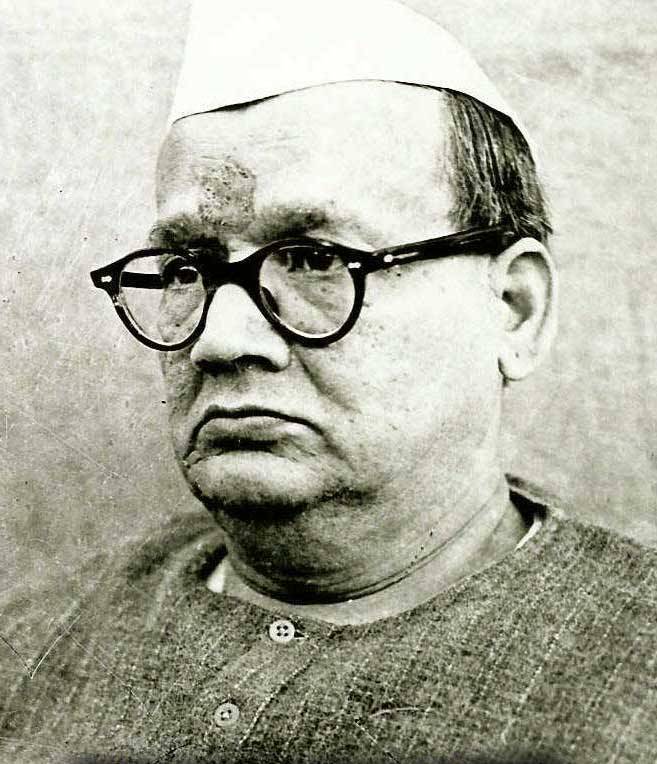
Challenges:
- Uniting Different Communities: He had the tough job combining various regions and communities in Bihar, especially after India gained independence.
- Modernization vs. Tradition: He also had to balance introducing the state to new developments and preserving its traditional values and customs.
Legacy: People remember him for laying the groundwork for a modern Bihar and guiding its growth and policies.
Deep Narayan Singh (1961)
Deep Narayan Singh was Bihar’s Chief Minister for only a short time. Still, it was during a significant era in the state’s politics. His leadership occurred when the political landscape was changing and shifting.
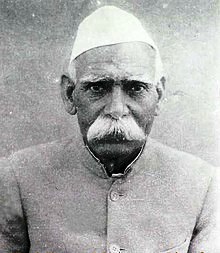
Key Contributions:
- Making the Government Work Better: Singh worked on improving how the government in Bihar worked to make it more efficient and effective.
- Helping Farmers and Farming: He knew agriculture was vital for Bihar’s economy, so he made policies to support farmers and increase farm productivity.
- Focusing on Schools and Learning: Singh understood that education was crucial for Bihar’s growth, so he worked on improving schools and ensuring more people received education.
Challenges:
- Stabilizing Politics: While Chief Minister Singh struggled to keep Bihar’s political scene steady amidst many shifts and changes.
- Addressing Wealth and Development Gaps: He also worked on solving the issues related to the unequal distribution of wealth and development in the state, particularly in the rural areas where poverty and underdevelopment were significant challenges.
Legacy: Though his tenure as Chief Minister was brief, Deep Narayan Singh left a lasting impact by improving the functioning of Bihar’s government and focusing on enhancing agriculture and education. He is known for starting changes that later set the stage for more improvements in these critical areas.
Binodanand Jha (1961-1963)
He was the Chief Minister of Bihar at a time when the state faced many political challenges.
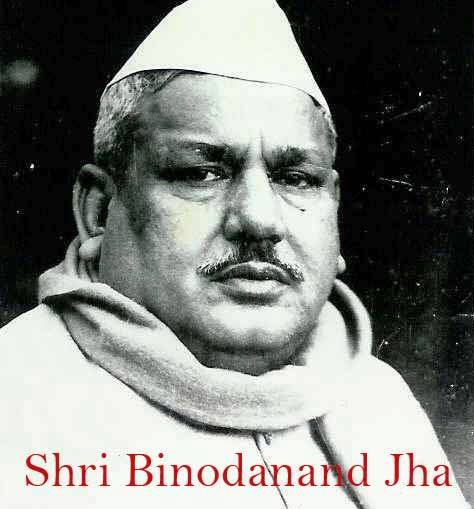
Key Contributions:
- Improving How the State is Run: He put effort into enhancing the state’s administration and governance.
- Helping Farmers and Rural Areas: He concentrated on developing agriculture and improving the well-being of people in the countryside.
Challenges:
- Handling Unsteady Politics: He led the state’s governance when politics were unstable and alliances kept changing.
- Bridging the City-Countryside Gap: He worked on lessening the differences in wealth and opportunities between people in cities and rural areas, all while trying to improve farming and agriculture.
Legacy: People remember his tenure as Chief Minister for increasing the efficiency of the government and initiating projects to promote the development of rural areas.
Krishna Ballabh Sahay (1963-1967)
During considerable challenges, Krishna Ballabh Sahay, serving as Bihar’s Chief Minister, focused on improving the state’s social and economic conditions.
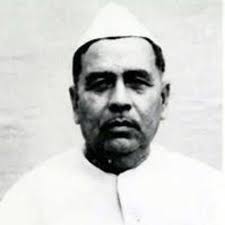
Key Contributions:
- Changing Land Ownership: Sahay is primarily known for transforming land ownership, giving land to people who didn’t have any, and adjusting farming practices.
- Growing Industries: He focused on boosting Bihar’s industries because he knew they were necessary for the state’s economy.
- Improving Schools: He dedicated significant efforts to enhancing education, including expanding schools and improving teaching methods for better learning outcomes for children.
Challenges:
- Implementing Reforms with Political Challenges: Sahay had to handle the difficult job of introducing significant changes and reforms while managing various political opinions and opposition within the state.
- Bridging Economic Disparities: He focused on narrowing the wealth disparity, making sure that both urban and rural areas of Bihar experienced balanced growth and development.
Legacy: Krishna Ballabh Sahay is known for his significant changes in land ownership and for working to update Bihar’s economy and schools. His time as Chief Minister stands out for the crucial policies he introduced, aiming to improve the state’s social and economic aspects.
Mahamaya Prasad Sinha (1967-1968)
Although he was in office briefly, this was a time of significant political activity and change.
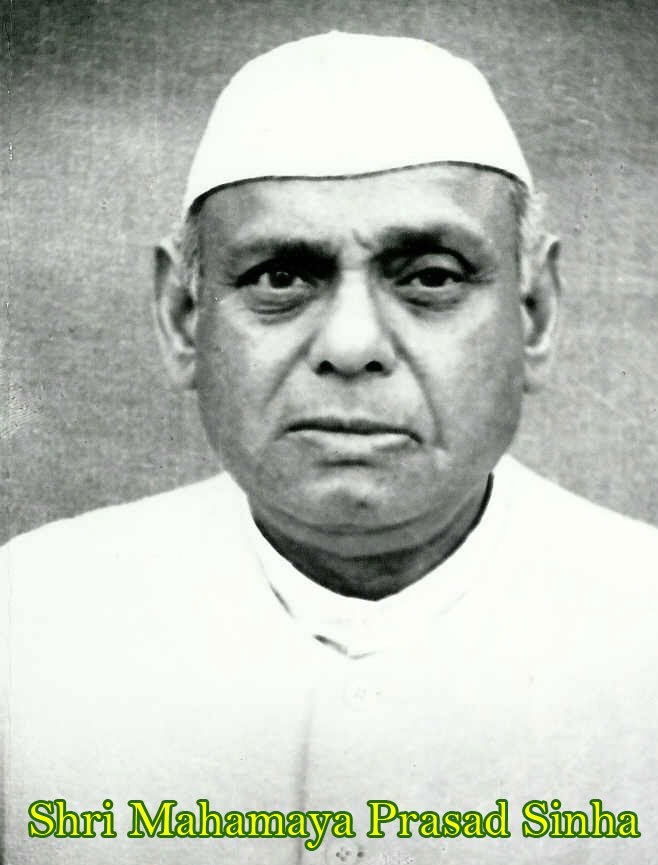
Key Contributions:
- Promoting Fairness and Equality: He actively championed the cause of treating everyone fairly and equally.
- Helping Local Businesses: He started efforts to allow industries and businesses within the state to grow.
Challenges:
- Dealing with Political Challenges: He had to handle the intricate and lively political environment of Bihar, balancing different viewpoints and interests.
- Managing Fast-Paced Industrial Growth: He worked on encouraging industry growth in the state and ensuring it helped everyone, especially the less privileged.
Legacy: He is remembered for his work to make society fairer and more equal and for his efforts to help local industries grow.
Satish Prasad Singh (1968)
He worked as a government official for a brief period. Still, it was a time of intense political activity and significant changes.
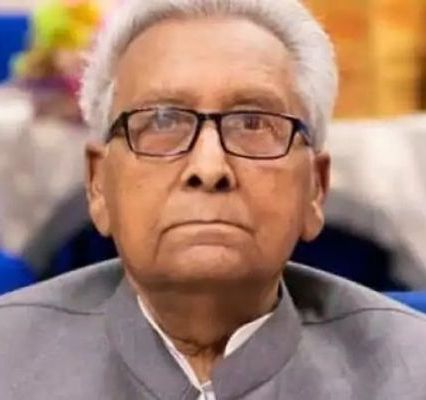
Key Contributions: He tried to address the social issues despite being in office only briefly.
Challenges:
- Handling Unstable Politics: He served as Chief Minister during political unrest and quick government changes.
- Limited Time for Big Changes: He had the difficult task of making critical societal changes despite needing more time.
Legacy: Although he’s remembered as one of the shortest-serving Chief Ministers, he made a mark by concentrating on improving society.
B. P. Mandal (1968)
Mandal only stayed in office as Chief Minister for a short time.
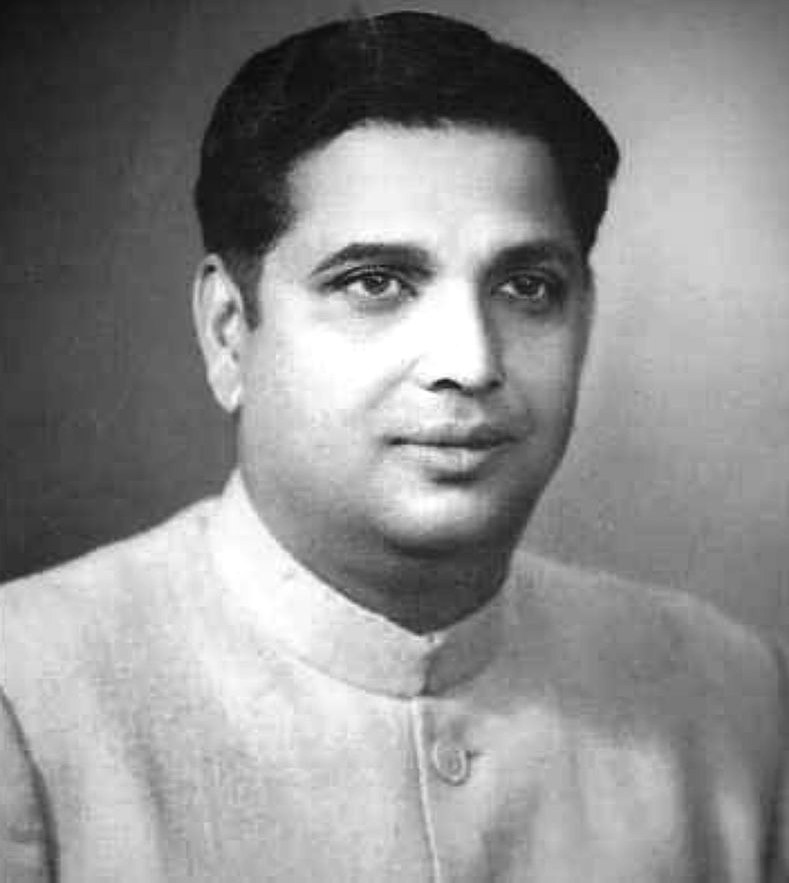
Key Contributions: Fought for the betterment of disadvantaged groups and started programs to help society.
Challenges:
- Bringing Social Equality: He tackled the challenge of bringing socially backward classes into the mainstream and improving their social status.
- Quick Policy Actions: As Chief Minister for only a short period, he had difficulty putting effective social welfare policies in place quickly.
Legacy: He’s remembered for the Mandal Commission, and during his time as Chief Minister, he worked hard to bring about social fairness.
Bhola Paswan Shastri (1968-1969, 1971-1972)
Frequent political changes marked his tenure.
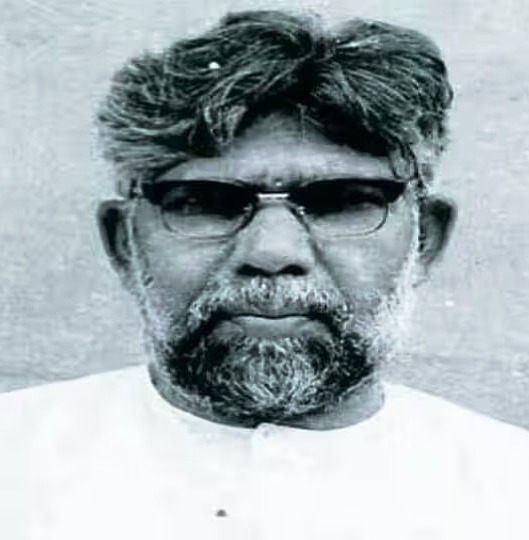
Key Contributions:
- They focused on developing rural areas and improving social welfare.
- They championed the rights of marginalized communities.
Challenges:
- Handling Unsteady Politics: He led the government during a time of frequent political shifts and a lot of uncertainty.
- Focusing on Rural and Marginalized Groups: He actively improved conditions in rural areas, consistently considering the needs and rights of less privileged groups, regardless of shifting political goals.
Legacy: His dedication to improving rural areas and advancing social welfare has earned him widespread recognition.
Daroga Prasad Rai (1970)
Rai led during a time when many challenging changes were happening in politics.
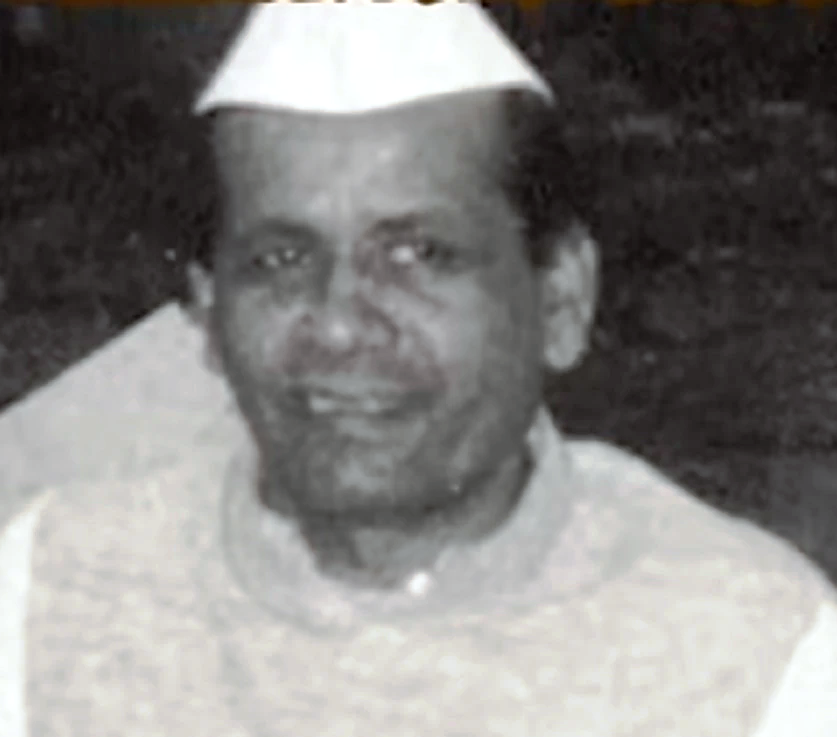
Key Contributions:
- Focused on improving life in the countryside and helping those in need.
- They stood up for the rights of underprivileged groups.
Challenges:
- Handling Constant Political Changes: He led Bihar’s government during many political ups and downs and changing situations.
- Making Reforms in an Unsteady Climate: The unpredictable political atmosphere made it difficult for him to implement new changes and improvements, especially in administration and education.
Legacy: People remember his commitment to improving rural areas and helping those in need.
Karpoori Thakur (1970-1971, 1977-1979)
Rai’s time in charge they happened during a difficult period when politics constantly changed.
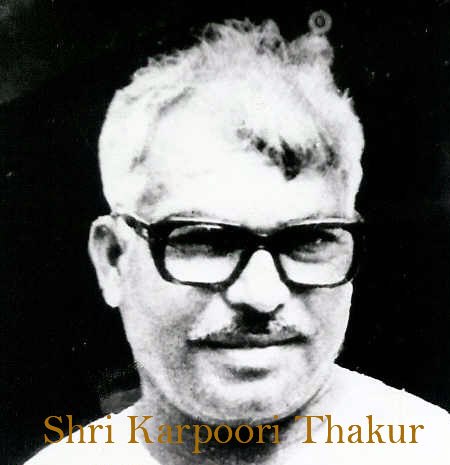
Key Contributions:
- He was a passionate supporter of fairness and making education better.
- He put in place policies to help those who needed it the most.
Challenges:
- Dealing with Social Challenges: He guided the state through social unrest and intense activism, trying to introduce reforms while maintaining peace and order.
- Making Policies Work for Everyone: He had difficulties implementing welfare policies in a society divided by different social and economic backgrounds.
Legacy: People remember him as someone who championed social justice and equality.
Kedar Pandey (1972-1973)
Even though Kedar Pandey didn’t stay in office long, his tenure as the Chief Minister of Bihar was essential for the state. When he took charge, Bihar underwent many changes and faced many challenges.
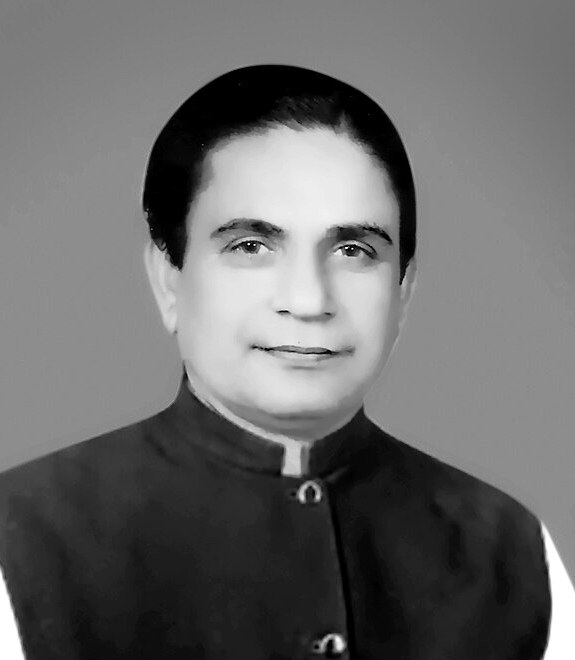
Key Contributions:
- Helping People in Need: Pandey supported those in Bihar who needed it most through various social welfare programs.
- Better Education: He wanted everyone to have a chance at a good education, so he changed schools to make them better and more accessible to everyone, especially those who didn’t have many opportunities before.
- Boosting the Economy: His government focused on creating policies that would help poor people in the villages and make the whole state grow and develop pretty.
Challenges:
- Dealing with Unsteady Politics: During Pandey’s time as Chief Minister, he navigated various political difficulties, such as handling the complexities of coalition politics and dealing with problems within his party.
- Addressing Social and Economic Inequalities: He also faced the significant challenge of managing the differences in wealth and opportunities between different groups in Bihar, mainly focusing on the problems people living in rural areas meet.
Legacy: People remember Kedar Pandey because he committed to improving social welfare and bringing about educational reforms in Bihar. Even though he didn’t stay in office for long, his work in these areas significantly impacted the state’s development.
Abdul Ghafoor (1973-1975)
When Abdul Ghafoor became the Chief Minister of Bihar, it was a significant time in the state’s history. Bihar was experiencing substantial changes in politics and society, and he took charge when there were many problems.
Key Contributions:
- Helping People in Need: Ghafoor worked hard to improve the lives of those who had little in Bihar, especially the underprivileged and marginalized communities.
- Farming Growth: He knew farming was crucial for Bihar, so he tried to make it even better because it helped the economy and many people in the state.
- Better Schools: His government wanted to ensure that everyone had access to a good education, so it took action to make schools easier to reach and better for the students.
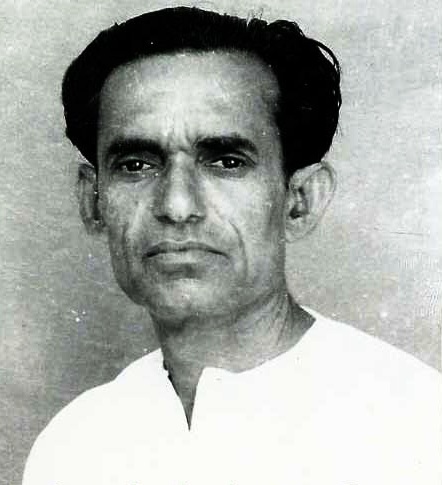
Challenges:
- Handling Complex Politics: While in office, he dealt with complicated political situations in the state, balancing different interests and trying to keep the government stable.
- Tackling Poverty and Social Gaps: A major challenge he faced was addressing the widespread poverty and the significant differences in people’s lifestyles and possessions in Bihar.
Legacy: People remember Abdul Ghafoor because he actively worked on social reform, improving agriculture, and improving education in Bihar. His leadership was crucial in tackling significant social and economic problems in the state during the early 1970s.
Jagannath Mishra (1975-1977, 1980-1983, 1989-1990)
When Mishra was in charge, there were a lot of significant political changes, especially during the Emergency period.
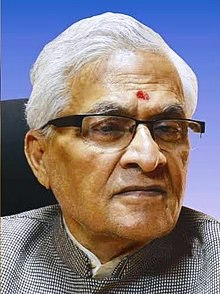
Key Contributions:
- Worked on making land and education better.
- Took steps to make the state’s roads and buildings more up-to-date.
Challenges:
- Dealing with Political Issues: He led the state during some very turbulent political times, including during the Emergency, which was full of significant challenges and controversies.
- Mixing Change with Stability: He had the difficult job of introducing new changes and improvements while ensuring the state remained politically and socially stable.
Legacy: People remember him for his complex legacy, including his efforts in land reforms and education and his controversial political positions.
Ram Sundar Das (1979-1980)
He became Chief Minister when politics was unpredictable and full of changes.
Key Contributions:
- He spoke up for fairness, making life better for those with less.
- He put into action plans to help poor and disadvantaged people.
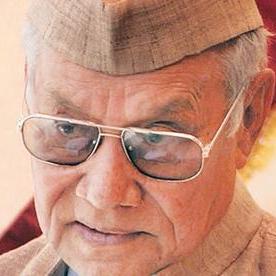
Challenges:
- Handling Unsteady Politics: He had to lead Bihar when there were many political changes and uncertainties.
- Making Welfare Programs Work: He struggled to put welfare programs into place and manage them properly because of the constantly changing political situation.
Legacy: He is known for his dedication to social welfare and justice.
Chandrashekhar Singh (1983-1985)
He was in charge during a time when politics was changing a lot.
Key Contributions:
- He focused on making farming better and looking out for farmers.
- He actively improved the state government’s functioning and administration.
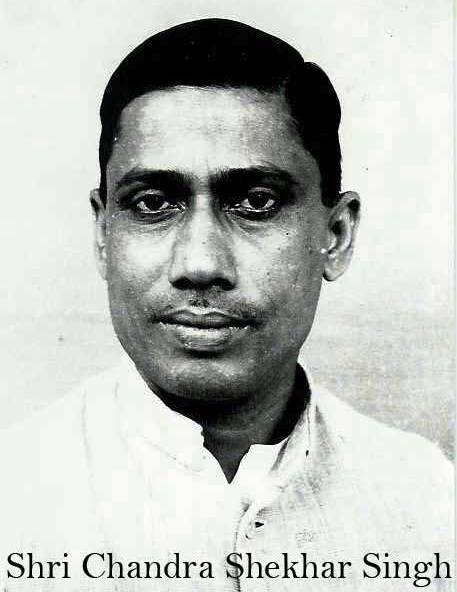
Challenges:
- Dealing with Political Shifts: He had to lead the government in Bihar during many changes and rearrangements in the state’s politics.
- Improving Farming in Tough Times: He faced challenges in enhancing agriculture and solving problems for farmers, especially when the economy was also going through its own set of changes and difficulties.
Legacy: People remember his time in office for its emphasis on agriculture and the reforms he made in administration.
Bindeshwari Dubey (1985-1988)
Dubey’s term in office occurred during increasing political and social challenges.
Key Contributions:
- He worked on creating more jobs and building up industries.
- He made sure laws were adhered to and enhanced the efficiency of administrative processes.
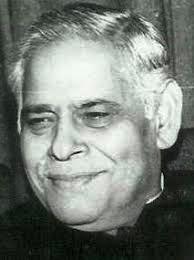
Challenges:
- Handling Unsteady Politics: He led the state’s government during political unrest and significant changes.
- Growing Industries Responsibly: He worked on increasing the state’s industries but also had to ensure this didn’t disrupt the community’s peace or harm the environment.
Legacy: People remember him for actively working on industrial development and keeping law and order in check.
Bhagwat Jha Azad (1988-1989)
He was in office for only a short period, but it was during a time when there were a lot of significant challenges to face.
Key Contributions:
- He put much effort into keeping different community groups in harmony and maintaining peace.
- He worked on various projects to develop the area and improve social welfare.
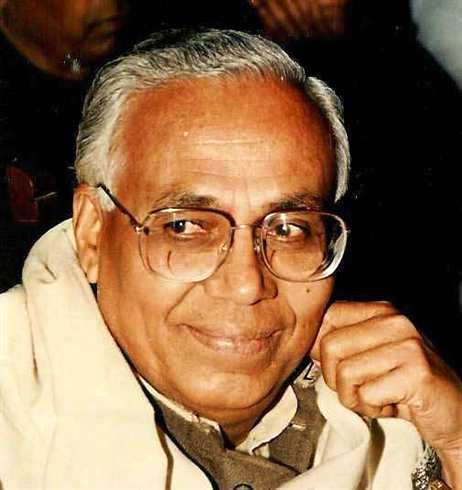
Challenges:
- Managing Community Tensions: He handled and resolved conflicts and tensions among various community groups during his office.
- Pushing Forward Development in Tough Times: He faced the difficult task of progressing with development projects and social welfare initiatives during political and social challenges.
Legacy: He actively maintained peace and promoted community harmony, marking his leadership as notably memorable.
Lalu Prasad Yadav (1990-1995, 1995-1997)
He was a charismatic leader whose time in office was notable for significantly impacting politics.
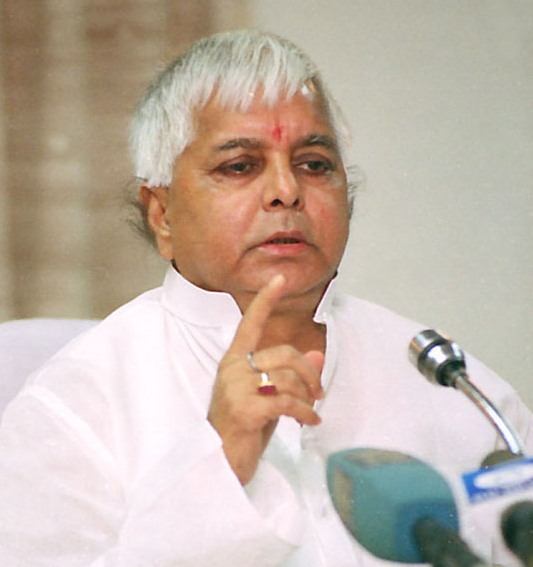
Key Contributions:
- He strongly supported fairness and worked hard to empower less privileged classes.
- He implemented various policies designed to help improve the lives of the most disadvantaged people.
Challenges:
- Juggling Popular Support with Effective Leadership: He struggled to balance his popular policies for the masses and maintain effective and efficient government administration.
- Dealing with Corruption Claims: During his time as chief minister, he was troubled by accusations of corruption, which created significant challenges for how he ran the government and how people saw his leadership.
Legacy: He’s a well-known but controversial figure, remembered for his strong support of social justice. However, his reputation is also affected by accusations of corruption.
Rabri Devi (1997-1999, 1999-2000, 2000-2005)
Her time as Chief Minister was notable for being filled with political controversies and changes.
Key Contributions:
- Social Welfare: She concentrated on programs that helped the less privileged and socially backward groups.
- Development Efforts: She maintained the momentum in building infrastructure and improving social facilities.
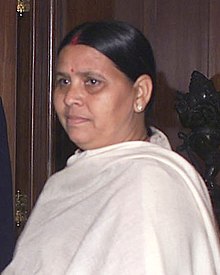
Challenges:
- Dealing with Unsteady Politics: She led as Chief Minister during many political ups and downs, which included managing conflicts within her party and handling opposition.
- Putting Policies into Action Amidst Changes: She struggled to implement development and welfare policies effectively. At the same time, the political scene around her constantly shifted and presented new challenges.
Legacy: She actively ensured the continuity of her party’s policies and confronted political challenges during her tenure.
Jitan Ram Manjhi (2014-2015)
He was Chief Minister for a short time. He focused on keeping up with the development policies that the leader started before him.
Key Contributions:
- Supporting the Less Privileged: He put a lot of effort into programs that helped people who were marginalized and belonged to backward classes.
- Advancing Development Work: He continued working on projects to build better infrastructure and improve the community’s well-being.
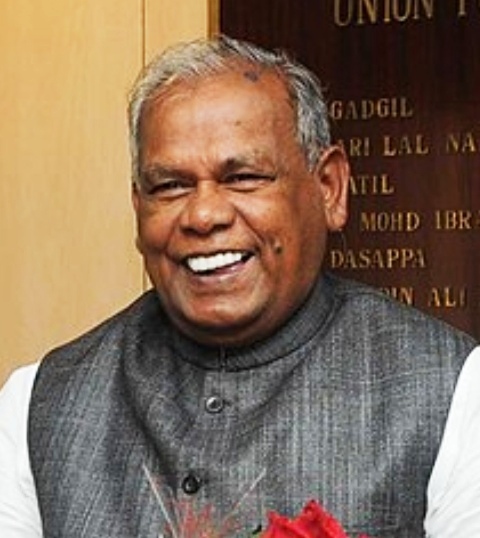
Challenges:
Continuing Progress: He had a tough job keeping up and building on the development projects the leaders had started before him.
Securing Political Backing: He navigated his role as Chief Minister in a tricky political landscape, working to get and keep support for his policies even as political alliances were changing.
Legacy: His tenure is notable for his dedication to social justice and continuous efforts to implement development-focused policies.
Nitish Kumar (2005-2014, 2015-Present)
Nitish Kumar is well-known for his practical way of running the government and has been a big name in Bihar politics.
Key Contributions:
- He focused on improving infrastructure, especially building better roads and healthcare facilities.
- He also launched initiatives to empower women and reform the education system.
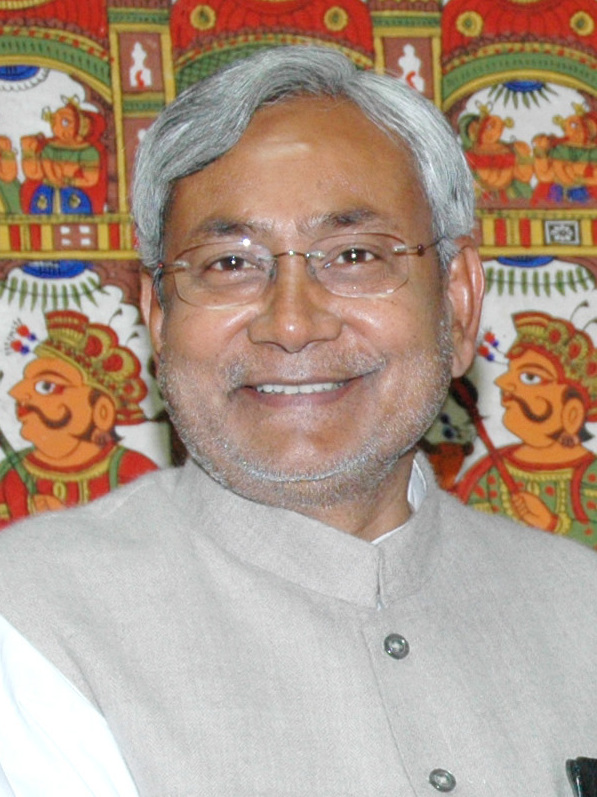
Challenges:
- He faced the task of dealing with corruption and making the legal system more effective.
- He also had to work on reducing the differences in wealth and opportunities between different groups in society.
Legacy: He is recognized for significantly changing the perception of Bihar, emphasizing good governance and prioritizing development.
Conclusion:
A Journey of Chief Ministers of Bihar Since Independence have played crucial roles in guiding the state through political, social, and economic challenges. Each of them, with their style and ideas, has helped mould Bihar’s path since independence, turning it into a place with unique character and increasing promise. A Journey of Chief Ministers of Bihar Since Independence impacts still guide Bihar as it moves towards further development and modernization.
On Postswirl blogging site, A Journey of Chief Ministers of Bihar Since Independence. Take a closer look at their achievements. The hurdles they faced and the difference they have made in bringing the state forward.




